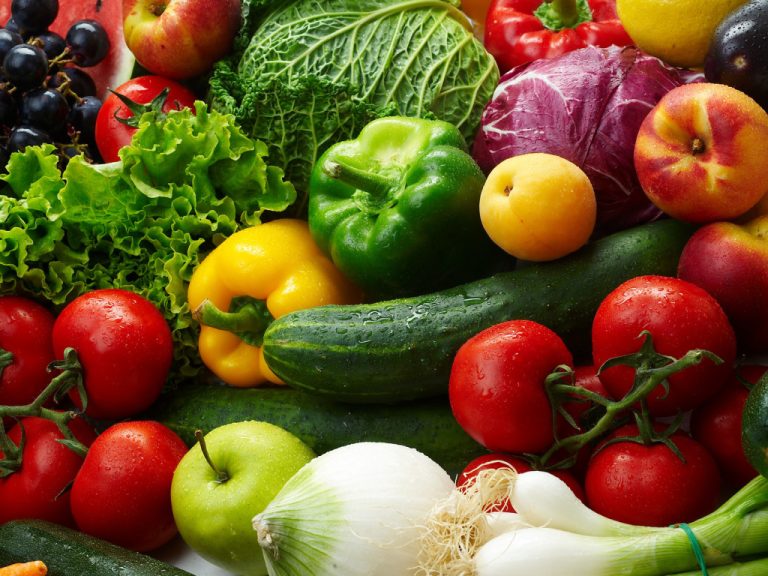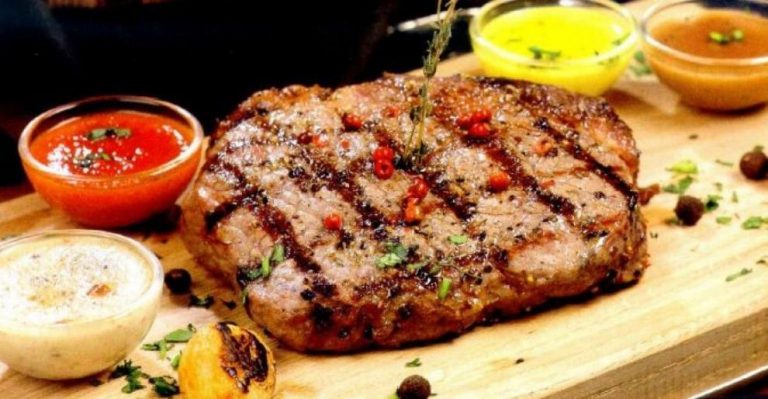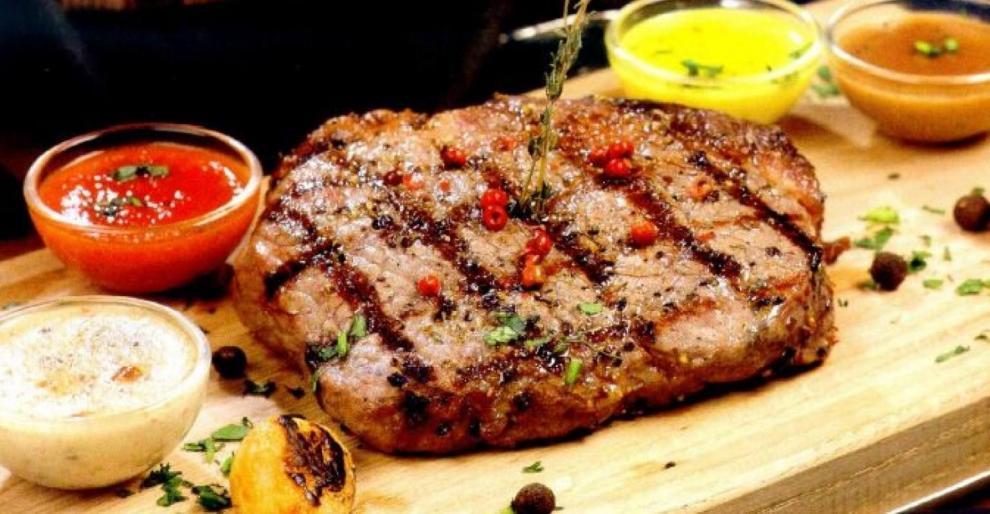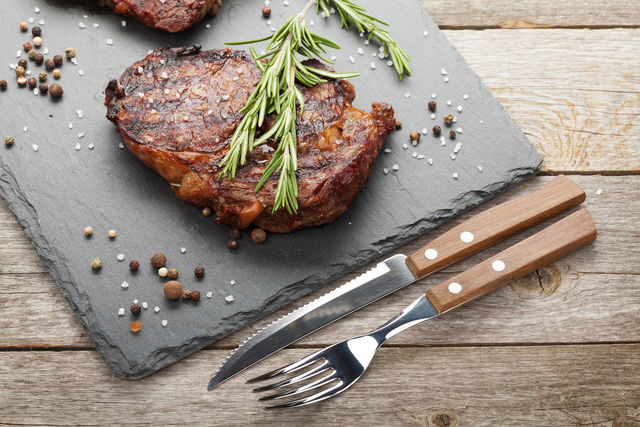Be active instead of waiting: What you can do now!
Especially in the currently tense and unfamiliar times, it is all the more important to give the body what it needs to build a strong defense and stay fit. We have put together five easy-to-implement tips for you on how you can strengthen your immune system quickly and effectively in times of corona and flu.
1. Ferment vegetables
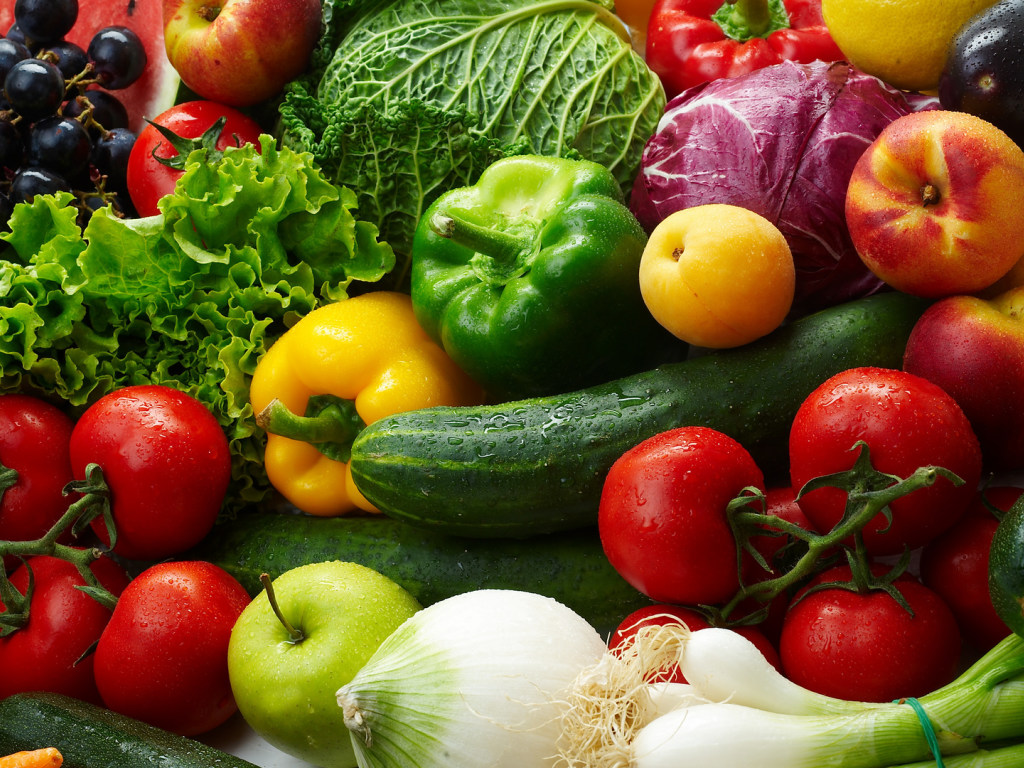
The process of fermentation not only allows you to preserve your harvest, but also brings surprises in terms of taste and health. During fermentation, organic substances are microbially converted by probiotic bacteria and fungi. We’re all familiar with fermented foods – whether it’s sauerkraut, soy sauce, black tea, sourdough, wine, cheese or chocolate.
And what is so healthy about the salt bath for your vegetables? On the one hand, ferment is rich in vitamin C. On the other hand, the fermentation of fresh vegetables retains nutrients and enzymes and the lactic acid cultures that are so important for the intestinal flora are formed. The intestine has less to do because the lactic acid bacteria act like a pre-digestion and thus protect our gastrointestinal tract. Because nutrients are broken down into smaller components, they can be more easily absorbed by the body. To put it simply: A treat for your intestines from which your immune system benefits!
2. Mix golden milk
The miracle roots from Asia have now also made a name for themselves on our supermarket shelves. In the fresh food department, for example, the eye stumbles across ginger shots with lemon and honey, or the eye discovers ingredients for the golden milk on the spice shelf. Turmeric and ginger both come from the ginger family and are a real power duo.
Turmeric is an all-rounder when it comes to health promotion and enjoys an excellent reputation in the world of medicinal products – and rightly so! Because turmeric has a detoxifying, anti-inflammatory and antioxidant effect. The name turmeric, as turmeric is also known, is due to the coloring agent curcumin it contains, which not only gives Indian curry powder – but if you are not careful – hands and textiles an intense yellow-orange colour. Turmeric is said to have a positive effect against a wide variety of diseases or deficiencies and, for example, to help with diabetes, high cholesterol or intestinal problems.
3. Grow sprouts and seedlings
When the garden is less busy during the cold season, you can comfortably grow sprouts and seedlings on the windowsill or in your kitchen. The small nutrient bombs, made from seeds, cereals or legumes, are ready to eat after just a few days, depending on their size, and give you a real vitamin boost. You will find the largest possible selection of sprouts and seedlings in the meine ernte shop and allow you to try them out and get to know your favorite sprouts. In a sprout jar, your seedlings will thrive in just a few days, depending on the variety.
During germination, metabolic processes are stimulated that provide the nucleus with enough power. During this time, the nutrient content is probably higher than at any other time in the growth process. The perfect moment to harness the enormous power of the plant seedling and supply your body with healthy amino acids, B vitamins and minerals such as zinc and iron, as well as secondary plant substances. The best thing about it: The sprouts and seedlings are not only healthy, but also really tasty! The little power packs give every salad, bread or wrap the final kick of freshness. They are also a crunchy, juicy garnish for the palate as an addition to soups or stews.
4. Grow barley grass
Another superfood that you can easily grow in your own home during the cold season is barley grass, also known as smoothie grass. After just over a week, the young shoots of barley are ready to eat and are just waiting to make your smoothies, salads or vegetable juices that little bit healthier. We are happy about the boom in barley grass, the positive effects of which were studied many years ago and are now on everyone’s lips again.
Interesting not only for vegans and vegetarians: barley grass has a very high protein content and contains all the essential amino acids. Other ingredients include iron, vitamin K, various B vitamins including B12, potassium, calcium, beta-carotene and zinc. In addition, barley grass also shines with a high bioavailability, so the nutrients can be easily absorbed in the body. By the way: Fresh barley grass contains important roughage that is lost when the stalks are processed into a powder. Therefore, it makes sense to let the barley grass grow itself, after 5-7 days you can then enjoy the full power of the stalk, for example on the breakfast sandwich.
5. Forest bathing

If you spend most of your time indoors due to work or the temperatures, it is even more important to go outside regularly and breathe fresh air. Many know about the calming and grounding effect of the forest. Forest bathing means spending time in the forest undisturbed, perceiving it intensively with all your senses in mindfulness. Noises, smells and looking at the treetops are proven to be good for the body and not only the forest dwellers are happy if you spend this time consciously still and your smartphone stays in sleep mode. Particularly exciting: Staying in the forest can significantly increase the number of human immune cells. According to studies, the scents of the forest, called terpenes, are among other things significantly involved in this process. Treat yourself to a forest bath and let your soul dangle on a long walk!






